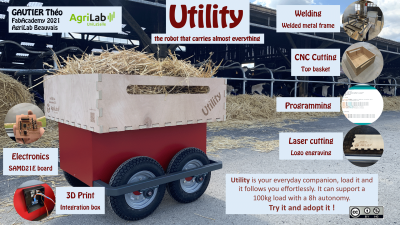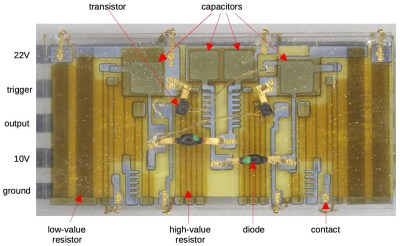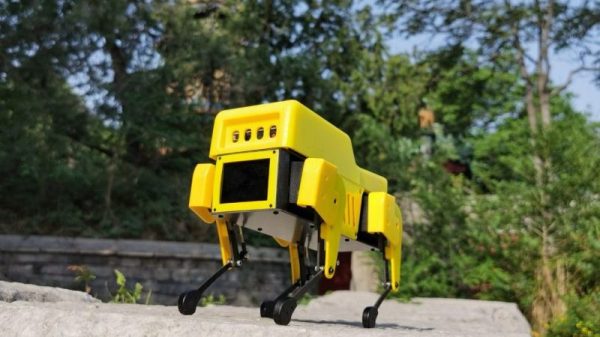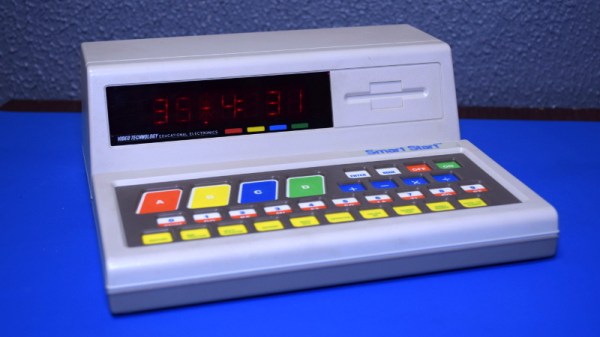[Théo Gautier] thought that a human-following utility trailer would be helpful for people working on farms. He didn’t just think about it, however, he designed and built it as a final project at the Agrilab FabAcademy at the University UniLasalle Polytechnique in northern France. He took the idea from concept to fruition in six weeks.

His build log documents the project very well, and takes you through his design choices and their implementation. The brains of the cart are a SAMD21E board that he made himself, and its sensory perception of the world is provided by HC-SR04 ultrasonic sensors and a PixyCam 2. Locomotion is provided by four each 100W DC motor / gearbox assemblies. He’s put a lot of effort into the construction process and posted a lot of photos of the intermediate steps. One piece of advice that caught our eye was to measure the diagonals of your frame repeatedly when welding it together — things can and do shift around. If you don’t, you may have to rectify the mistake like [Théo] did, with a big hammer.





















